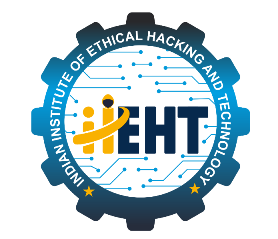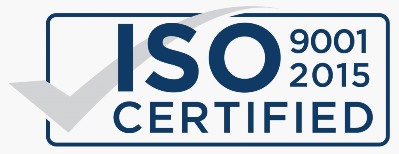Best Programming Languages
Date: April 18, 2023
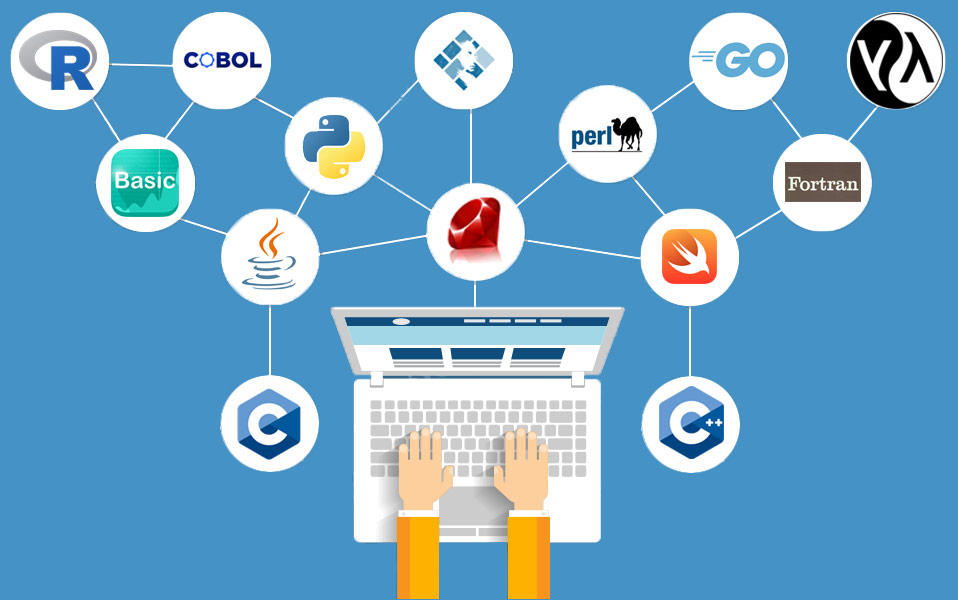
Introduction
A number of jobs and projects, such as online applications and video games, can be carried out by IT professionals using programming languages. There are numerous languages available that you can pick from if you want to use them in your personal or professional life. Your ability to qualify for a range of software development professions and utilize your industry-specific talents will depend on your understanding of the finest programming languages to learn. Software engineers utilise programming languages to convey goals to and among computers. These experts programme programmes, scripts, queries, and other things using a variety of already existent languages. Programming languages have distinctive syntax, rules, and organization. Others are used more widely while others are proprietary and only function in certain situations. Once a developer is familiar with a language's technical requirements, they can write source code in a text editor and either compile it for execution or execute it via an interpreter.
The top and most in-demand computer languages for several of the most popular use cases, such as web development, mobile development, game development, and more, are covered in the list below:
1. Java script:
One of the main Web technologies is the high-level programming language known as JavaScript. Ninety-seventy-eight percent of all websites utilise it for client-side development. JavaScript was once solely used to create web browsers, but it is now also used to deploy server-side websites and create applications for platforms other than web browsers. Live Script was the original name of Java script, which was developed in 1995. Yet, Java was a relatively well-known language at the time, so it was marketed as Java's "younger brother." JavaScript became a fully autonomous language as it developed over time. Although there are some similarities between Java and JavaScript, the two languages are different and are now frequently mistaken with one another.

Advantages
• Consumer JavaScript is incredibly speedy because the client-side browser can execute it quickly.
• It is one of the easiest programming languages to learn, gets along well with other languages, and has a tone of different uses.
Disadvantages
• JavaScript does not support multiple inheritances since it only supports one generation.
• With JavaScript, no duplicate or similar method is available.
2. Python:
One of the most widely used programming languages today, Python is simple to learn for novices thanks to its readability. It is a free, open-source programming language with numerous support modules, community development, simple web service integration, amiable data structures, and desktop programmes with a GUI. For applications involving deep learning and machine learning, it is a well-liked programming language. Programs like Blender, Inkscape, and Autodesk are created using Python for 2D imaging and 3D animation. Popular video games including Toon town, Vegas Trike, and Civilisation IV were also made using it. Python is a programming language used by well-known websites like YouTube, Quora, Pinterest, and Instagram as well as by computational and scientific programmes like Free CAD and Abacus. The typical yearly salary for Python developers is $109,092.

Advantages
• It is among the easiest programming languages to learn and supports a wide range of devices and processes.
• One of the easiest to learn programming languages, it enables you to grow even the most complicated systems.
Disadvantages
• Excellent Notes for Mobile Computing.
• The data access layer in Python is somewhat unrefined and basic.
3. SQL:
SQL programming is crucial for the effective use of data in online applications, together with Python. Yet unlike other programming languages on our list, SQL is designed to make it possible to save, extract, and manipulate data from an existing database. Since SQL is the main database programming language, it has its own markup that needs to be understood in order to interact with databases. Programmers should think about learning SQL if they want to work on apps that make heavy use of databases, such as social media networks, payment gateways, and music libraries. SQL proficiency is typically a requirement for positions like database management system, data scientist, and QA designer for aspiring data professionals. Several websites and applications use SQL database servers to store data like user profiles and posts. Career options, however, go beyond developing websites or mobile apps because SQL exclusively concentrates on data. SQL knowledge is necessary for day-to-day activities in high-paying, in-demand professions like business analytics data scientists and analysts.
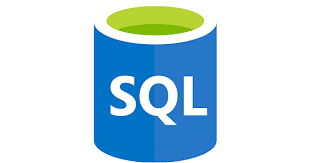
Advantages
• A potent and effective query language
• Designed to be efficient for several table rows.
Disadvantages
• Converting data from things into database tables is difficult.
• Hardware upgrades are required to increase speed because it can only run on one server.
4. PHP:
PHP is a freely available programming platform that was created in 1990. Many web developers view PHP as significant because it is used to build more than 80% of the globe's internet pages, particularly popular ones like Facebook and Yahoo. Programmers primarily use PHP to construct server-side programmes. But expert PHP programmers can also use this language to build desktop programmes and command-line scripts. Learning PHP is regarded as being quite easy for beginning developers. It is straightforward to acquire assistance and solutions thanks to the availability of several online groups for PHP experts.
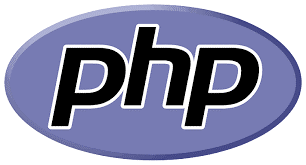
Advantages
• Installing PHP is easy.
• It is among the top programming languages with a sizable open-source software community.
Disadvantages
• Poor error handling capabilities due to PHP's lack of a debugging tool.
• PHP Web Development is a more time-consuming programming language than other computer languages.
5. C++:
A number of other programming languages, including C#, Java, and JavaScript, have their roots in C, which is likely the most established and well-liked computer language. The improved form of C is C++. The study of C is often skipped by developers today; however, others believe that knowing C first gives C++ development a solid basis. Programming and computer science make extensive use of both languages. Compilation tools for a wide range of platforms are available to C and C++ developers, making the majority of the software created in these languages portable.
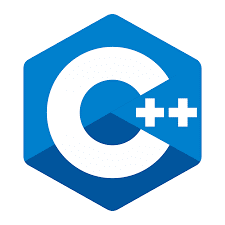
Advantages
• There are numerous programmers and tools because it is a widely used language.
• C++'s syntax is remarkably similar to that of other programming languages like C, C#, and Java, making them simple for anyone who already knows C++ to learn.
Disadvantages
• This language is extremely challenging for a beginning programmer to learn because of the complicated syntax and limited standard library.
• In comparison to other languages, the component introductions mechanism in C++ is needlessly simple.
6. GO:
In order to develop APIs and web applications, Google introduced a programming language called Go in 2007. Due to its simplicity, flexibility to run on multicore and networked platforms, and capability to handle enormous codebases, Go has recently gained notoriety as one of the programming languages with the fastest growth. The programming language Go, often known as Golang, was created to meet the needs of developers engaged in large-scale projects. It has become increasingly well-liked across various significant IT firms because of its simple, modern structure and well-known grammar. Go is a programming language that is used by numerous companies, including Uber, Google, Twitch, Dropbox, and more. Because of its efficiency and flexibility, Go is gaining popularity among data scientists.

Advantages
• Go is extremely quick since it is assembled into computer code.
• It is among the easiest programming languages to learn and comes with a standard library that gives convenient built-in functions for using primitive kinds.
Disadvantages
• Inadequate library support
• Managed with Fractured Dependencies
